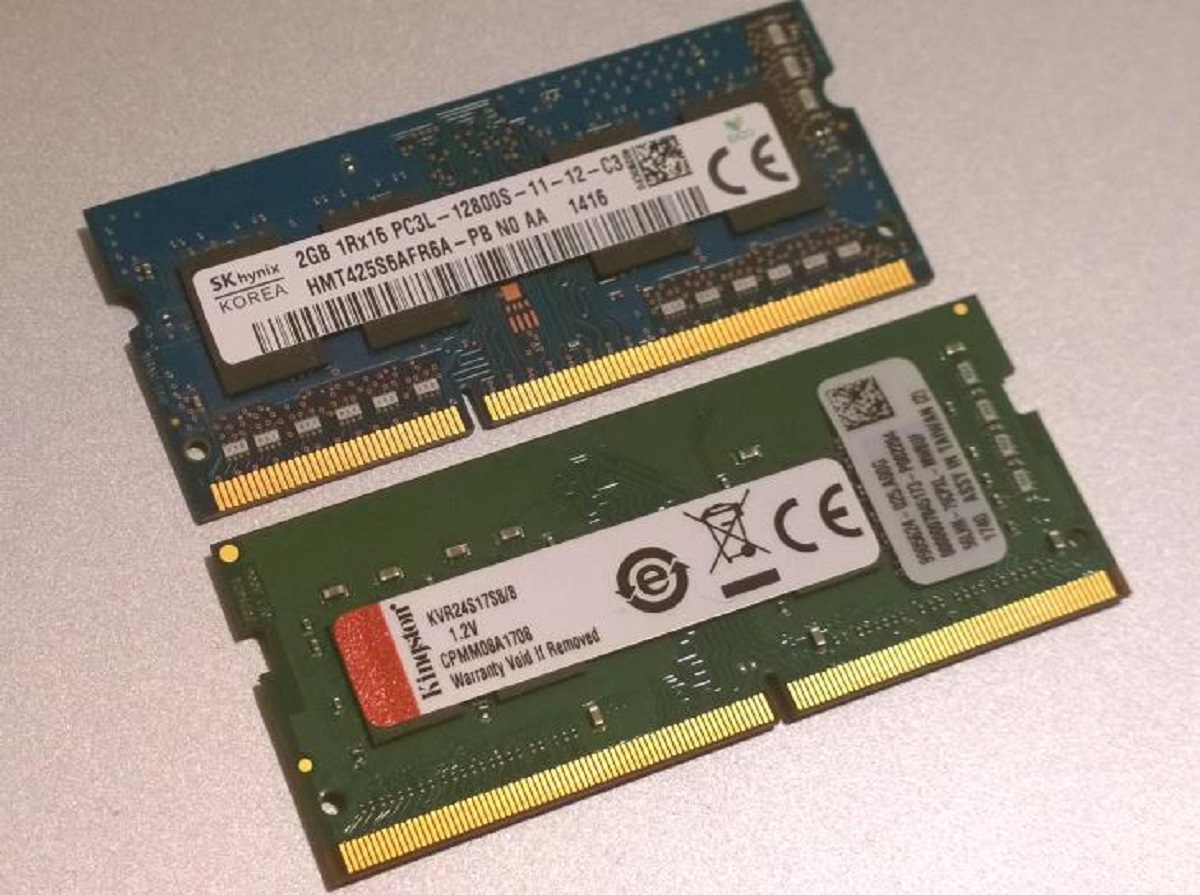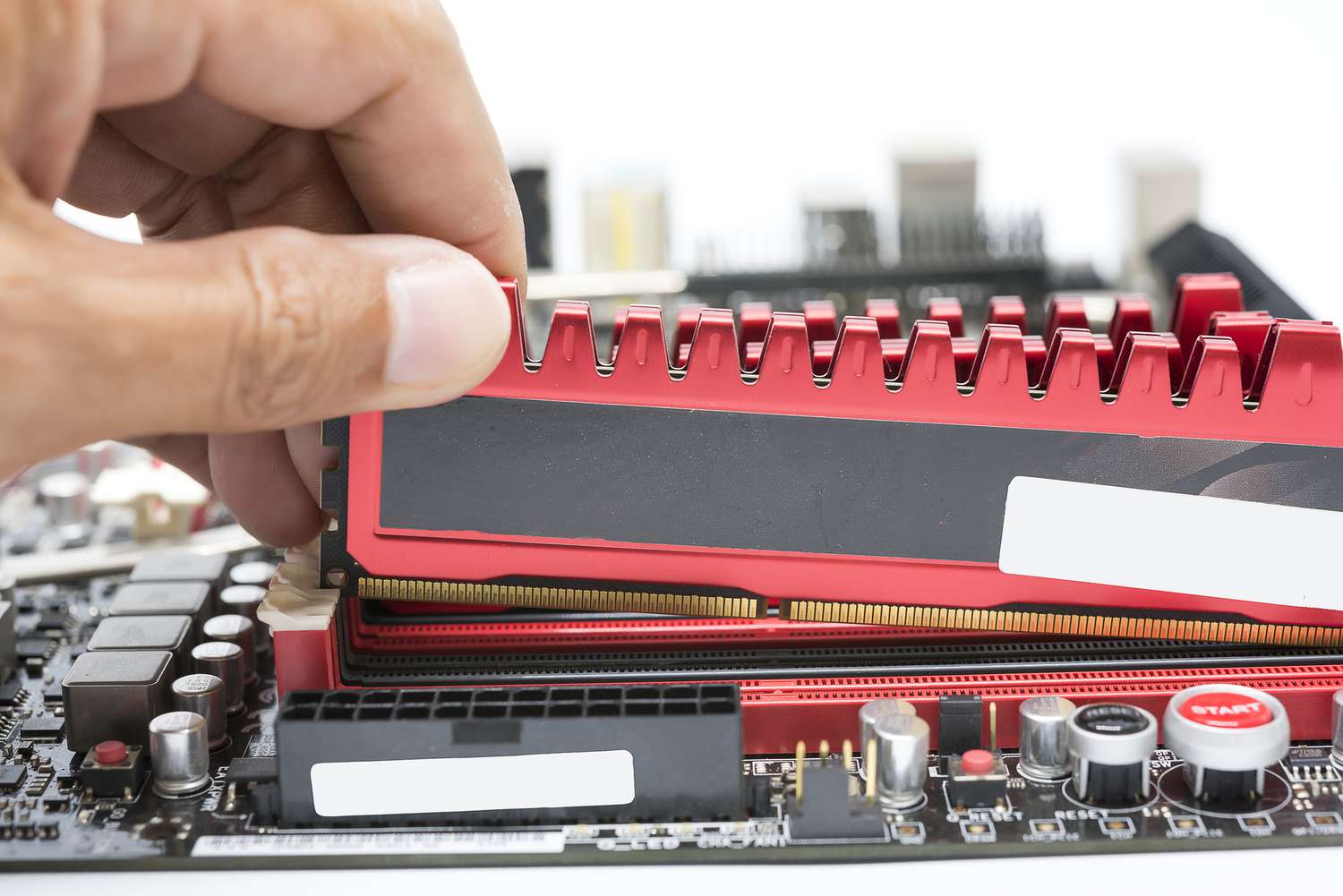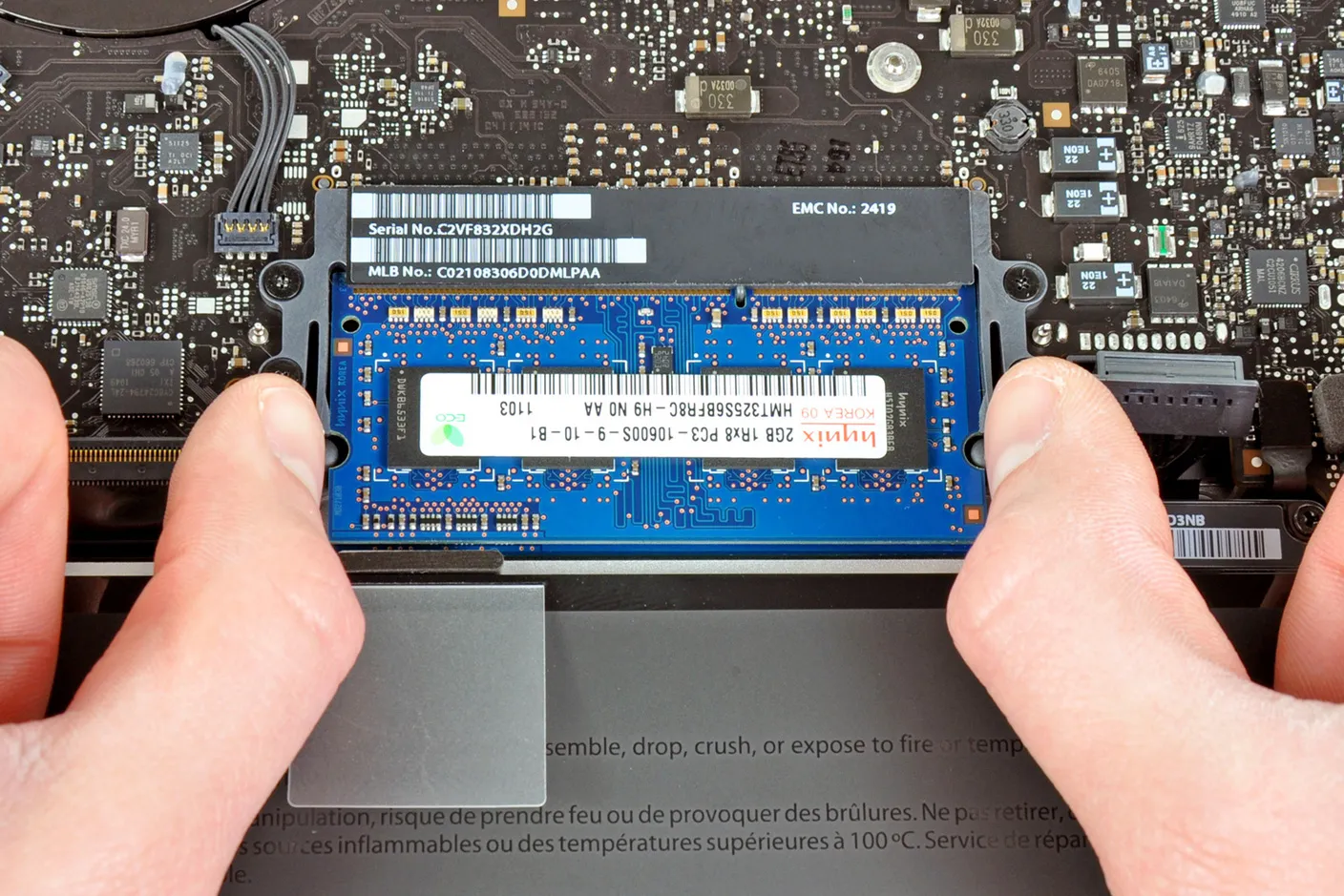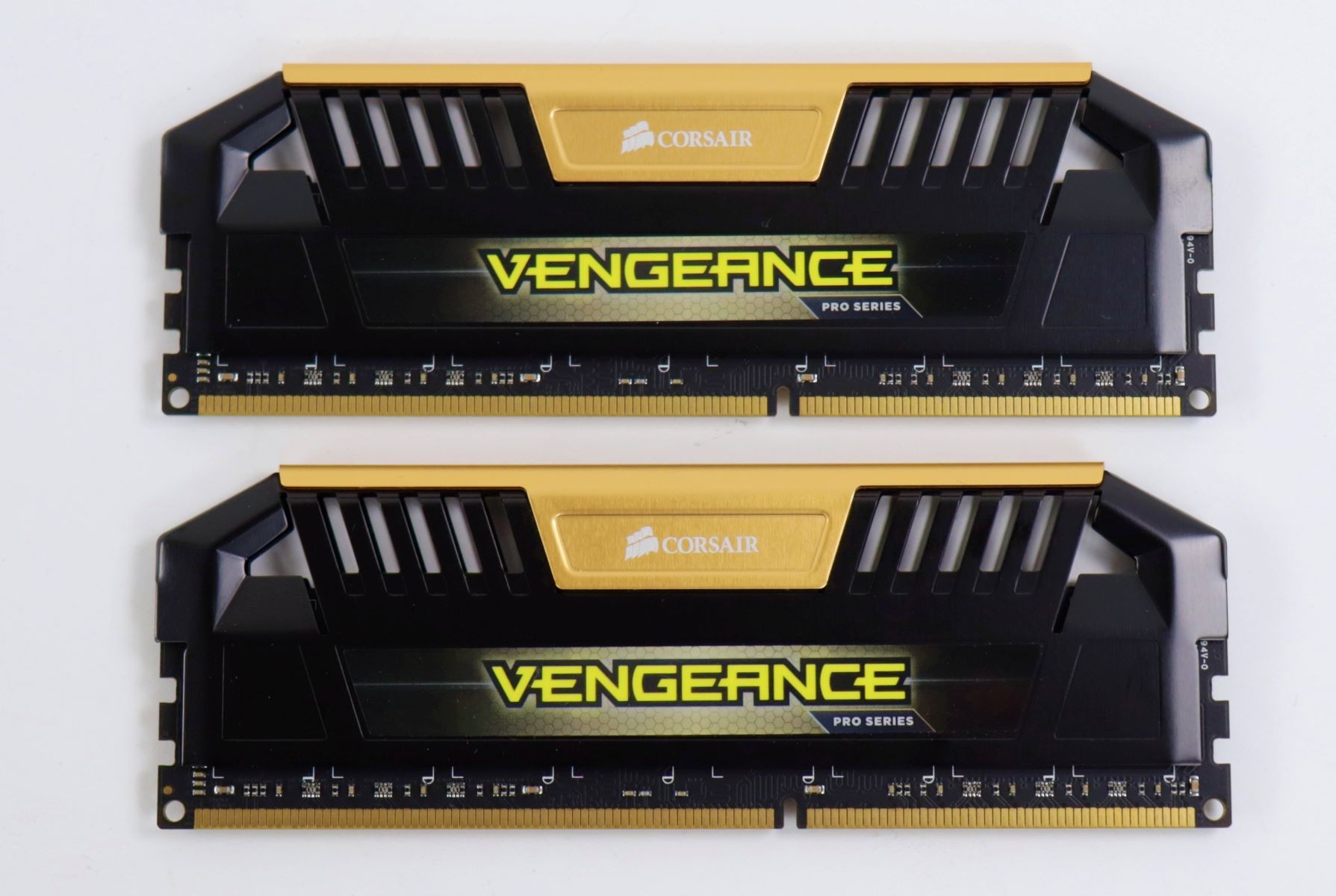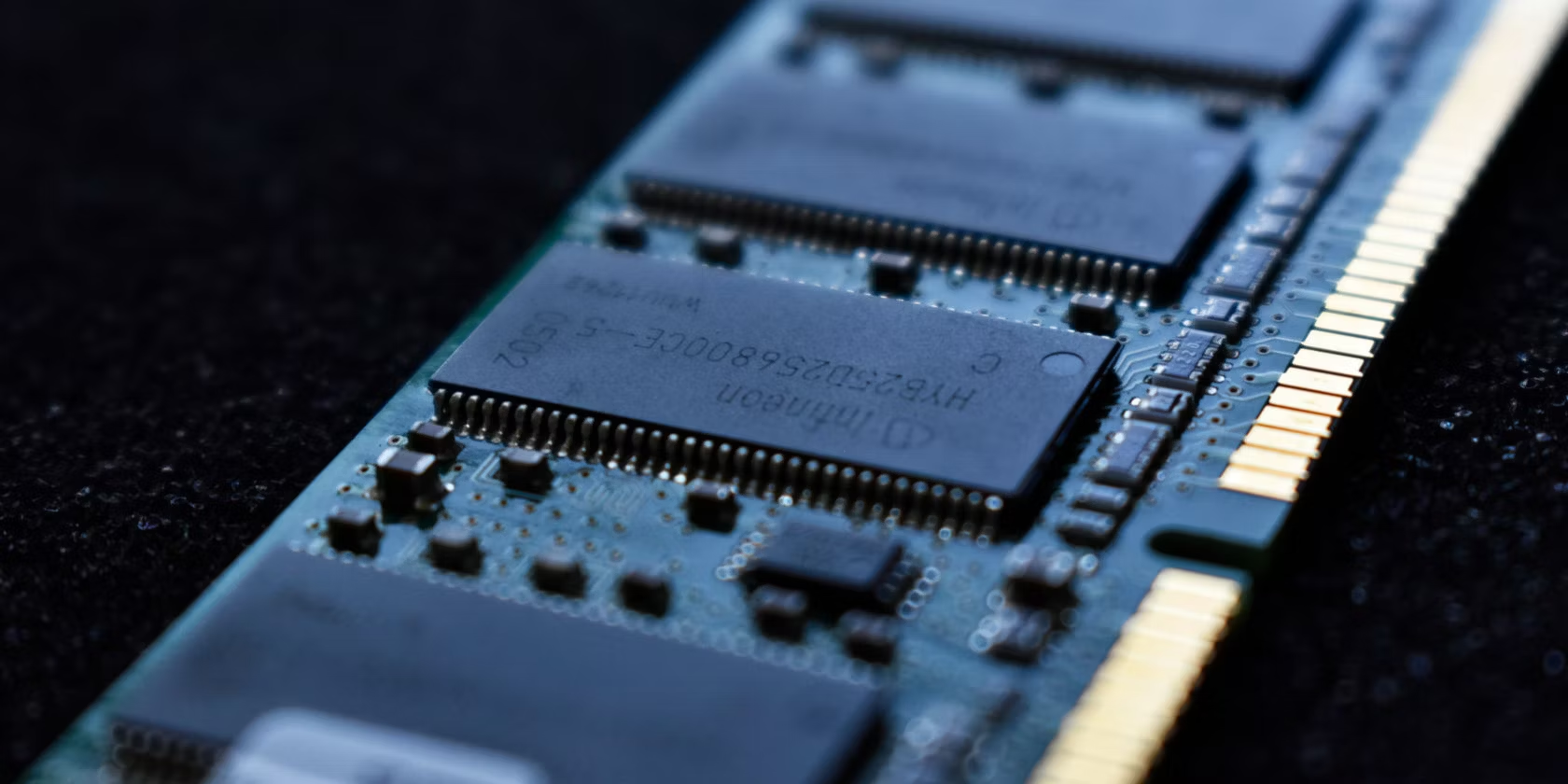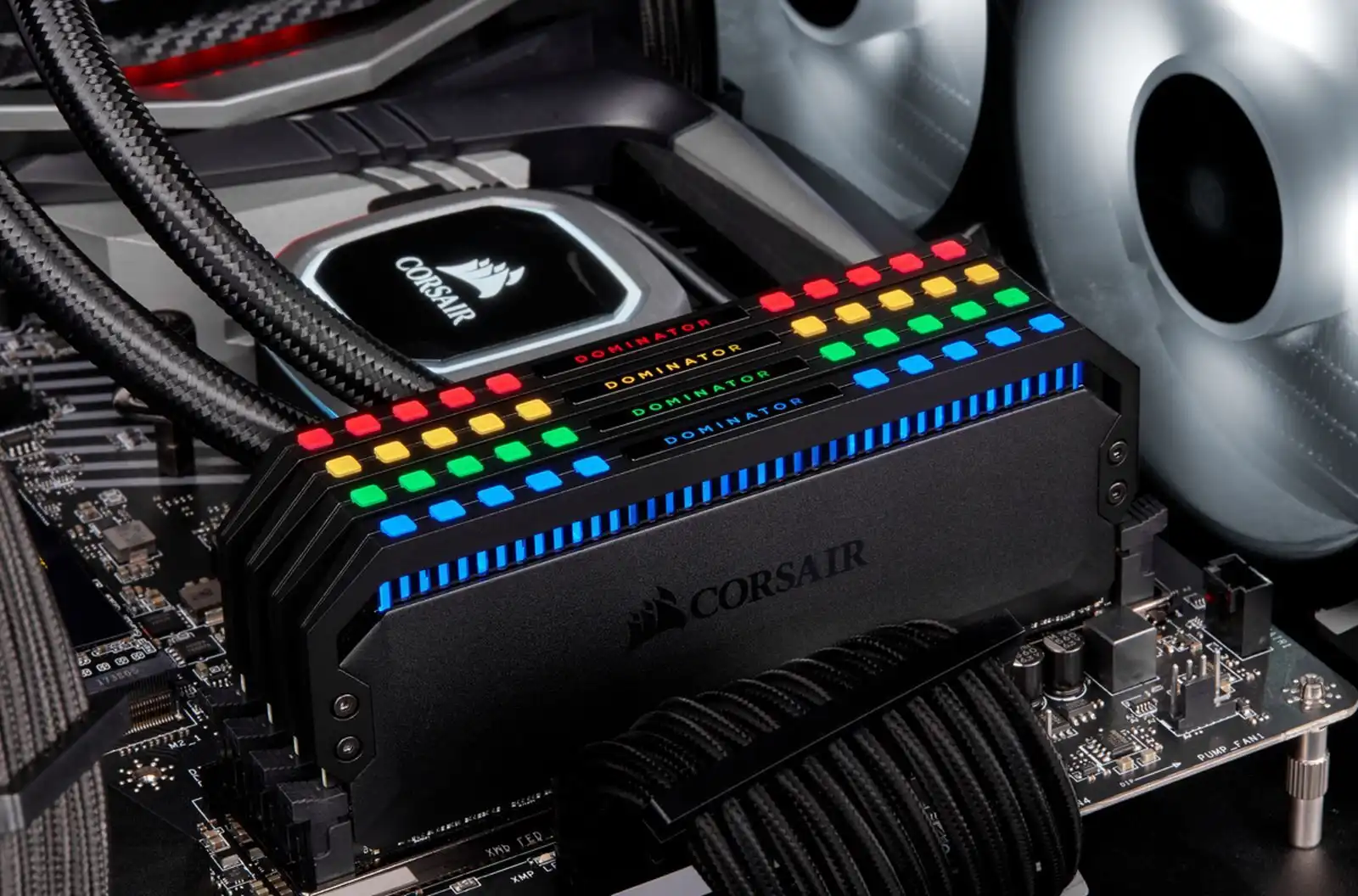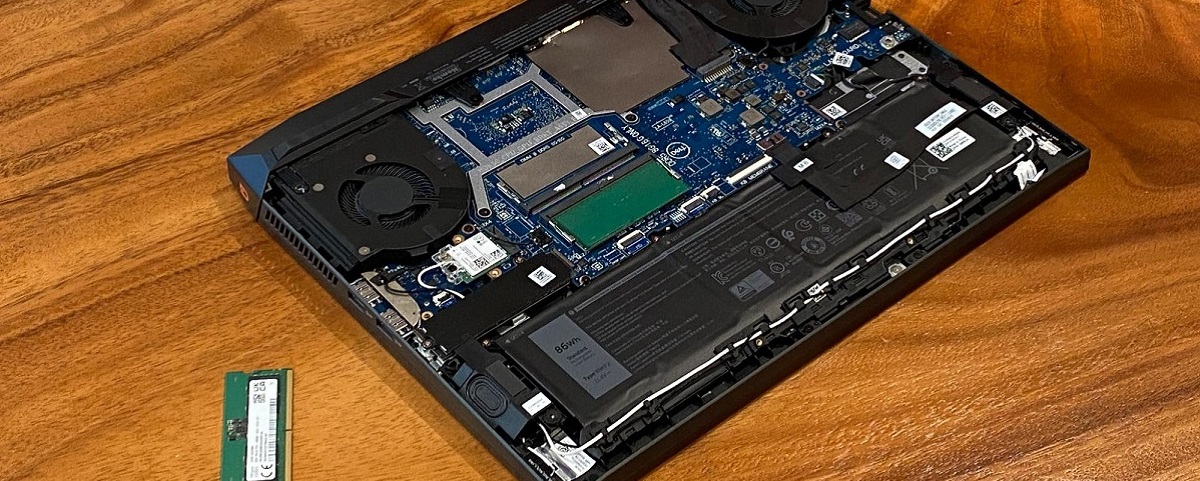Introduction
Random Access Memory (RAM) is a crucial component of any computer system, as it directly affects the performance and speed of your device. Knowing whether your RAM is DDR3 or DDR4 can be important when upgrading or troubleshooting your system. While there are various ways to find out the type of RAM, this article will guide you through the different methods you can use to determine if your RAM is DDR3 or DDR4.
DDR3 (Double Data Rate 3) and DDR4 (Double Data Rate 4) are two different generations of memory technology, with DDR4 being the newer and faster option. DDR4 RAM offers better performance, higher data transfer speeds, and improved power efficiency compared to DDR3 RAM. Identifying which type of RAM your computer has will provide insight into its capabilities and compatibility with other hardware upgrades.
Whether you are planning to upgrade your RAM, change compatibility settings, or simply want to verify the specifications of your RAM, having this information at hand is essential. Fortunately, there are several methods available on different operating systems that will allow you to easily identify the type of RAM installed on your computer.
Next, we will explore the various methods for finding out if your RAM is DDR3 or DDR4. We’ll cover popular operating systems such as Windows, MacOS, and Linux, providing step-by-step instructions for each. By following these steps, you’ll be able to determine the generation of your RAM and make informed decisions regarding your computer’s performance and compatibility.
Checking System Specifications
Before diving into the specific methods for identifying your RAM type, it is important to understand the process of checking your system specifications in general. By accessing your computer’s system information, you can gather valuable data about its hardware components, including the type of RAM.
Most operating systems provide built-in tools that allow you to access system information easily. These tools provide a comprehensive overview of your computer’s specifications, including RAM type, capacity, and other details. Here’s how you can check your system specifications on different operating systems:
- Windows: On Windows, you can use the System Information tool or Task Manager to access your system specifications. To access System Information, press the Windows key + R, type “msinfo32” in the Run dialog box, and hit enter. The System Information window will open, displaying detailed information about your computer’s hardware, including the RAM type. Alternatively, you can access Task Manager by right-clicking on the taskbar and selecting Task Manager. In the Performance tab, you will find information about your RAM, including the type.
- MacOS: MacOS provides the Activity Monitor and Terminal as built-in tools to access system information. To open Activity Monitor, go to Applications > Utilities > Activity Monitor. In the Memory tab, you will find details about your RAM, including the type. If you prefer using the Terminal, open it from Applications > Utilities > Terminal. Type “system_profiler SPHardwareDataType” and hit enter. Look for the Memory section in the displayed information to find your RAM type.
- Linux: Linux distributions often offer different system information tools depending on the desktop environment being used. For example, in Ubuntu, you can use the Command Prompt by pressing Ctrl+Alt+T and typing “sudo lshw -class memory”. Enter your password when prompted, and the command will display detailed information about your memory, including the type.
By utilizing these system information tools, you can quickly and easily determine the type of RAM installed on your computer. This information will be essential for troubleshooting, upgrading, or ensuring compatibility with other hardware components.
Using Task Manager on Windows
If you are using a Windows operating system, you can also determine the type of RAM installed on your computer using the built-in Task Manager. Task Manager provides an easy and quick way to access information about your computer’s performance, including details about your RAM.
Here’s how you can use Task Manager to check your RAM type:
- Right-click on the taskbar and select “Task Manager” or press “Ctrl + Shift + Esc” to open Task Manager.
- In the Task Manager window, click on the “Performance” tab at the top.
- In the left-hand column, select “Memory” to display information about your RAM.
- Under the “Physical Memory” section, you will find details about the type of RAM installed on your computer.
In the “Physical Memory” section, you will see information such as the total amount of RAM, the speed, and the form factor. The form factor will indicate whether your RAM is DDR3 or DDR4. If it is DDR4, it will be mentioned explicitly, while for DDR3, it might not be mentioned directly, but a lower form factor number indicates DDR3.
Task Manager provides a convenient and straightforward way to find out the type of RAM installed on your Windows computer. By following these steps, you can quickly identify whether your RAM is DDR3 or DDR4.
Keep in mind that the availability and layout of Task Manager may vary slightly depending on the version of Windows you are using. Nevertheless, the steps mentioned above should guide you to the necessary information about your RAM type.
Using System Information on Windows
An alternative method to determine the type of RAM installed on your Windows computer is to use the built-in System Information tool. This tool provides detailed information about your computer’s hardware and software, including the specifications of your RAM.
Here’s how you can use System Information to check your RAM type:
- Press the Windows key + R to open the Run dialog box.
- Type “msinfo32” in the Run dialog box and press Enter.
- The System Information window will open, displaying various categories on the left-hand side.
- Click on the “Components” category to expand it.
- Click on “Memory” under the “Components” category.
- On the right-hand side, you will find detailed information about your computer’s memory, including the type of RAM installed.
In the “Memory” section, you will see information such as the total physical memory, available memory, and the type of RAM. Look for the “Type” field, which will specify whether your RAM is DDR3 or DDR4.
The System Information tool provides a comprehensive view of your computer’s hardware specifications, making it easy to identify the type of RAM installed. By following the above steps, you can quickly determine whether your RAM is DDR3 or DDR4.
It’s worth noting that while the steps outlined above are applicable to most Windows versions, the layout and options in the System Information tool may vary slightly based on your specific operating system. However, the necessary information about your RAM type should still be readily available in the Memory section.
Using Activity Monitor on MacOS
If you are using a MacOS computer, you can determine the type of RAM installed by utilizing the built-in Activity Monitor application. Activity Monitor provides a comprehensive view of your system’s performance, including detailed information about your RAM.
Here’s how you can use Activity Monitor to check your RAM type:
- Go to the “Applications” folder on your Mac and open the “Utilities” folder.
- Click on “Activity Monitor” to launch the application.
- In the Activity Monitor window, click on the “Memory” tab at the top.
- In the Memory tab, you will find details about your RAM, including the type.
In the Memory tab, you will see information such as the physical memory, memory pressure, and the type of RAM. Look for the “Memory Usage” section, where it will specify whether your RAM is DDR3 or DDR4.
Activity Monitor offers a straightforward method for checking your RAM type on MacOS. By following these steps, you can quickly identify whether your RAM is DDR3 or DDR4.
It’s important to note that the steps outlined above should be applicable to most versions of MacOS. However, there may be slight variations in the layout and options available in Activity Monitor based on your specific MacOS version. Nevertheless, the necessary information about your RAM type should still be easily accessible in the Memory tab.
Using Terminal on MacOS
If you prefer using the Terminal on your MacOS computer, you can also determine the type of RAM installed by utilizing a simple command. The Terminal allows you to access system information and gather details about various hardware components, including your RAM.
Here’s how you can use the Terminal to check your RAM type:
- Go to the “Applications” folder on your Mac and open the “Utilities” folder.
- Click on “Terminal” to launch the Terminal application.
- In the Terminal window, type the following command and press Enter:
system_profiler SPHardwareDataType - The Terminal will display detailed information about your Mac’s hardware.
- Look for the “Memory” section in the displayed information.
- In the “Memory” section, you will find the details about your RAM, including the type.
In the “Memory” section, you will see information such as the type, size, and speed of your RAM. Look for the “Type” field, which will specify whether your RAM is DDR3 or DDR4.
Using the Terminal on MacOS offers a quick and convenient method for checking your RAM type. By following the above steps and running the appropriate command, you can easily determine whether your RAM is DDR3 or DDR4.
It’s important to note that the specific commands and output may vary slightly based on your MacOS version. However, the necessary information about your RAM type should still be present in the displayed hardware information.
Using Command Prompt on Linux
If you are using a Linux distribution, you can determine the type of RAM installed on your computer by utilizing the Command Prompt. The Command Prompt allows you to access system information and gather details about various hardware components, including your RAM.
Here’s how you can use the Command Prompt to check your RAM type on Linux:
- Open the Command Prompt by pressing
Ctrl+Alt+Ton your keyboard. - In the Command Prompt window, type the following command and press Enter:
sudo lshw -class memory - Enter your password when prompted, and the command will display detailed information about your memory.
- Look for the “description” or “product” field, which will specify the type of RAM installed (DDR3 or DDR4).
The command will display detailed information about your memory, including the description or product field, which indicates the type of RAM installed on your Linux computer.
Using the Command Prompt on Linux provides a straightforward method for checking your RAM type. By following the steps outlined above and running the appropriate command, you can easily determine whether your RAM is DDR3 or DDR4.
Keep in mind that the specific commands and output may vary slightly depending on the Linux distribution and version you are using. However, the necessary information about your RAM type should be present in the displayed memory information.
Conclusion
Identifying whether your RAM is DDR3 or DDR4 is crucial for understanding your computer’s performance capabilities and compatibility with hardware upgrades. Thankfully, there are various methods available on different operating systems to determine the type of RAM installed on your computer.
On Windows, you can use tools like Task Manager and System Information to access detailed system specifications, including the RAM type. Activity Monitor and Terminal are the go-to options for MacOS users when it comes to checking their RAM type. Linux users can rely on the Command Prompt to gather information about their RAM type.
By following the step-by-step instructions provided for each method, you can effortlessly discover whether your RAM is DDR3 or DDR4. Whether you are planning to upgrade your memory, troubleshoot compatibility issues, or make informed decisions about your computer’s performance, knowing the RAM type is crucial.
Having the knowledge of whether your RAM is DDR3 or DDR4 allows you to make informed decisions about future hardware upgrades and ensures compatibility with other components. This information is particularly useful when upgrading your computer’s memory, as DDR4 RAM offers better performance and improved power efficiency compared to DDR3.
Regardless of the method you choose, checking your system specifications and determining the type of RAM installed on your computer is a straightforward process that can be accomplished in a matter of minutes. Armed with this knowledge, you can make informed decisions regarding your computer’s performance and compatibility, enhancing your overall computing experience.







